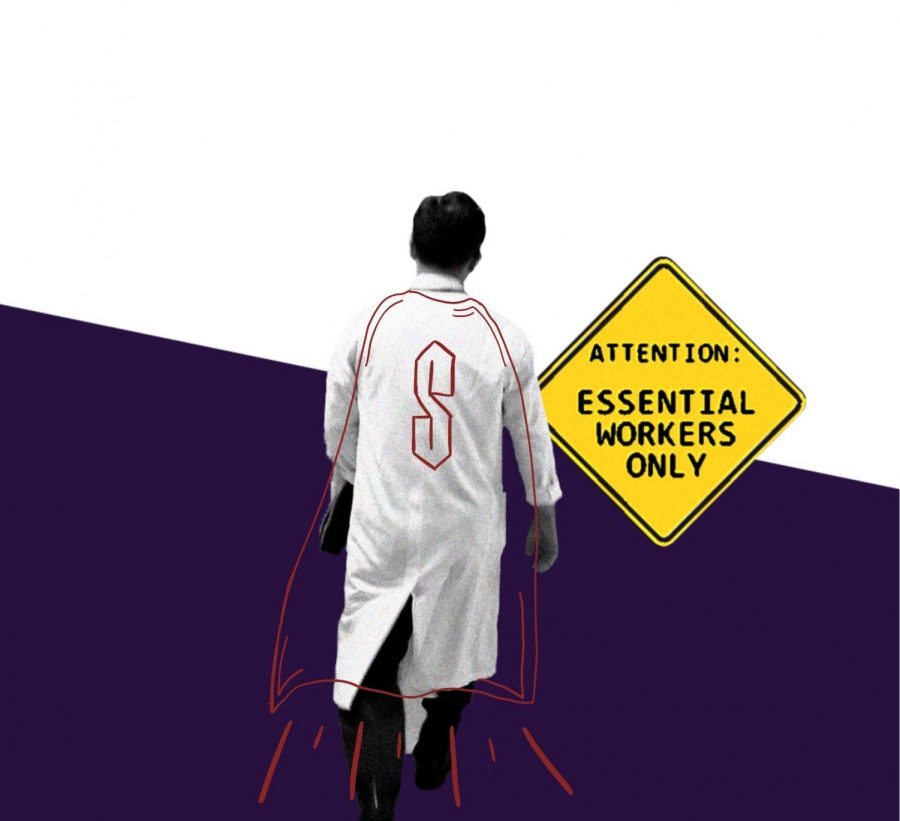The United States has been slow to catch up.
Despite the rising consciousness of eco-friendly building and the rising cost of utilities across the world, most urban space is still poorly used. Any tour through metropolitan America will confirm this. Our cities are smattered with blocks of buildings that sit in disrepair, with patchwork fields of parking lots and crumpled plaster.
Not only are we sitting on these pieces of planet, but each day we are constructing more spaces, more boxy departments stores and bulk housing, and these spaces are not built with ideals of efficiency and sustainability in mind but with the typical American aesthetic of building big and cheaply.
It’s been hard to break our habits. We’ve hardly had to worry about our space before-we’ve had so much of it, and the predominant mindset has been that we should use as much as we can. In the past century, huge housing projects have cropped up in the dead plots behind strip-mall Missouri, all polished white siding and 3,000 square feet for you and yours; Victorian-style houses were constructed for the rich whose love of large windows made for uneconomical use of electricity.
All these are examples of modern buildings that are massively inefficient and poorly incorporated, and will probably house massively inefficient and poorly incorporated people. (We are where we live.)
As a point of contrast, a recent issue of Dwell magazine featured a box home that a Norwegian man had built himself. Its insides measured only 100 square feet of darkly stained wood. The kitchen was in one wing of the house, and the table was a picnic bench-like extension from the wall. As a way to save space and incorporate cooking into the eating experience, the stove burners were a part of the table. The bedroom took up the entire top floor, and could only be reached by a ladder and an acrobatic stretch across the opening.
Every part of this home was well used, with thought paid to how humans related to their space and how they could smoothly and naturally navigate through it. Looking at the blueprints, I could imagine what it felt like-like a kid playing in a tree house. They knew the bend of the branches and the space inside the walls almost intuitively and moved fluid-like through the rooms in a way so unlike how we lumber inside our own spaces. We’re almost brutish about it, mostly because we use our own homes mainly for storage and sitting.
Smaller but well-used space, like that the Norwegian built, helps people feel like they are an integral part of their environment. It’s a connection that is missing from modern living. The compactness of quarters forces us into considering every aspect and every thing that we use, and to pare those things down to only what is necessary.
This type of design does not neglect art. By keeping it simple, we are not negating human creativity. The art is merely in its shape and in the naturalness of the materials; the predominant aesthetic is changed from grandiosity to minimalism. It is necessary that this paradigm shift be employed in an era when resources are more precious than ever.
Architects and developers of the future must consider their environment and their materials in every aspect of their creation, and actively change the old aesthetic of the public toward a greener and more insightful one. The design mantra of the future should be to build small and build smart.
Roberta Singer is a junior in the College of Arts and Sciences.






